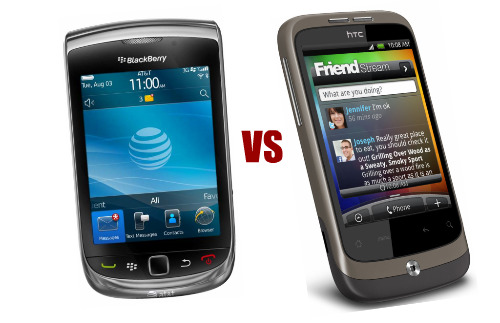To view the article, click here.
Nissan has chosen to employ social media as part of its marketing strategy to launch its new Nissan Leaf 100% electric car.
To view the Nissa Leaf Facebook page, click here.
Nissan has done a super job at creating a meaningful and relevant brand experience through this social media vehicle.The brand is capitalizing on cause/advocacy marketing where they are providing an outlet for fans to donate to the Japan crisis. This is going to be something that the target audience strongly values considering the product that they are selling is tied to strong social issues. The Leaf's slogan is "Innovation for the planet" and not only does this relate back to the Nissan brand’s mantra of innovation, but it also shows consumers that they are buying the car to support the world rather than just buying the product for themselves. Social media is a great vehicle for this product introduction because these fans and followers are typically going to be very passionate people who are strong advocates of social issues and who want to debate and discuss things. This will not only be meaningful to the consumers but will also result in positive brand messaging on these outlets and will increase the chances of positive word of mouth.
 This social media platform is also a way to build a relationship between the brand and the consumers. In a sense, the social media coordinator embodies the Nissan brand personality, so theoretically, the consumer will have the opportunity to interact directly with the brand itself.
This social media platform is also a way to build a relationship between the brand and the consumers. In a sense, the social media coordinator embodies the Nissan brand personality, so theoretically, the consumer will have the opportunity to interact directly with the brand itself.A sample Facebook post from the brand:
On all of these communications, there are strong links back to the Nissan corporate head office as well as the “Built in America” messaging. I think this is appropriate because Nissan has done a great job at managing their brand in the recent past and should leverage this corporate name brand (by showing what their innovative head office looks like) to be consistent with the innovative and quality imagery.
Overall great job NISSAN! It's a great marketing program: Clear, relevant, distinctive, and consistent and is likely to result in positive consumer mindset, ultimately translating to shareholder value.













